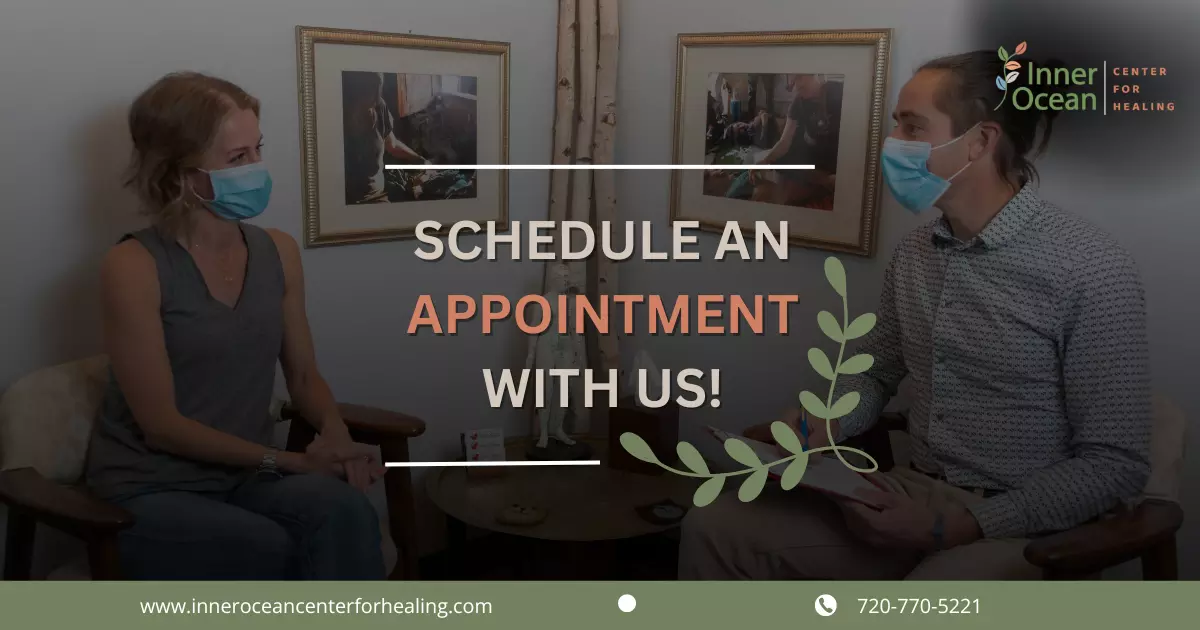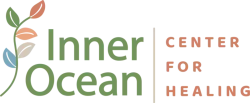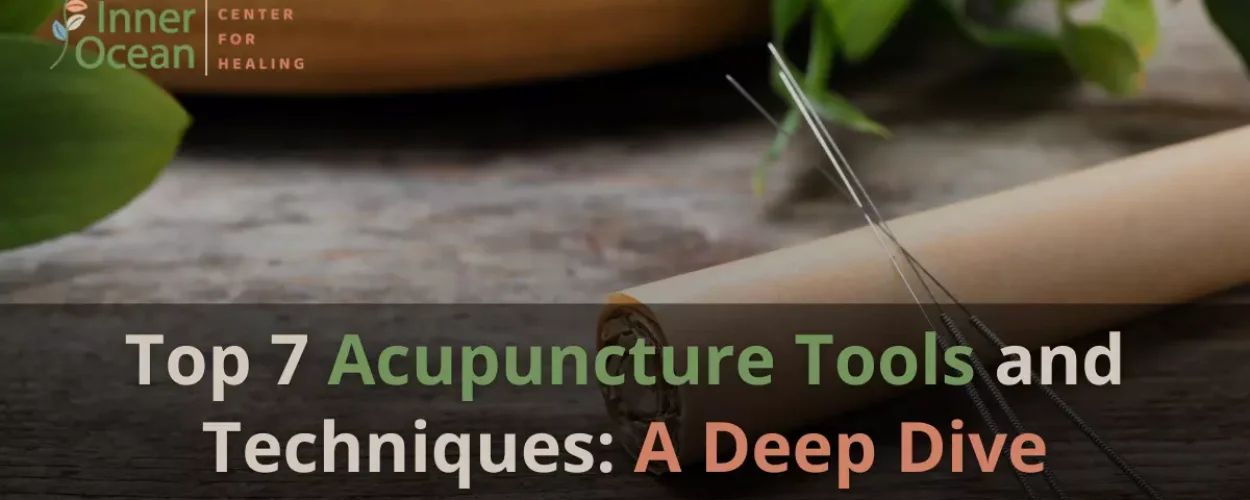Have you ever pondered the intricate dance behind acupuncture tools and techniques? Dive in, and you’ll discover a rich tapestry woven from threads of Chinese Medicine dating back thousands of years. This isn’t just about needles touching the skin; it’s a symphony of balance, harmony, and wellness.
Imagine a world where every minor ache, from persistent chronic pain to nagging allergic rhinitis, can find relief, not through heavy medications with toxic side effects but through the gentle, precise touch of acupuncture needles. It’s not just a dream; understanding acupuncture’s analytical tools and techniques brings this world within our grasp.
Why Acupuncture is Important?: Holistic Approach to Health
Acupuncture is more than just needle insertion. It’s like looking at a vast puzzle where every piece (you got it, every organ and cell) matters. When acupuncture tools and techniques come into play, they act as the puzzle master, ensuring each piece fits perfectly.
Have you ever had one of those moments where everything clicked? That’s the magic of acupuncture, from battling the throes of chronic pain to the sniffles and sneezes of allergic rhinitis or even the restricting grip of carpal tunnel syndrome. It doesn’t just soothe the symptom; it seeks out the root, ensuring the problem disappears.
Acupuncture’s Integration with Modern Medicine
Acupuncture is timeless, seamlessly merging ancient wisdom with today’s advanced medical practices. It’s not just stuck in the past; today’s acupuncture therapy has evolved. With modern marvels like acupuncture point injections, Chinese medicine injections, or the tingling advancements of electrical stimulation, acupuncture is continuously adapting and improving.
Imagine a bridge connecting the old and the new, the tried-and-true with the innovative. That’s acupuncture tools and techniques for you. Whether it’s the nagging neck pain, the challenge of treatment of obesity, or the myriad of sensations from other ailments, acupuncture stands ready, its analytical tools and techniques ever-evolving, to guide us towards health and harmony.
What Tools Are Used During Acupuncture?
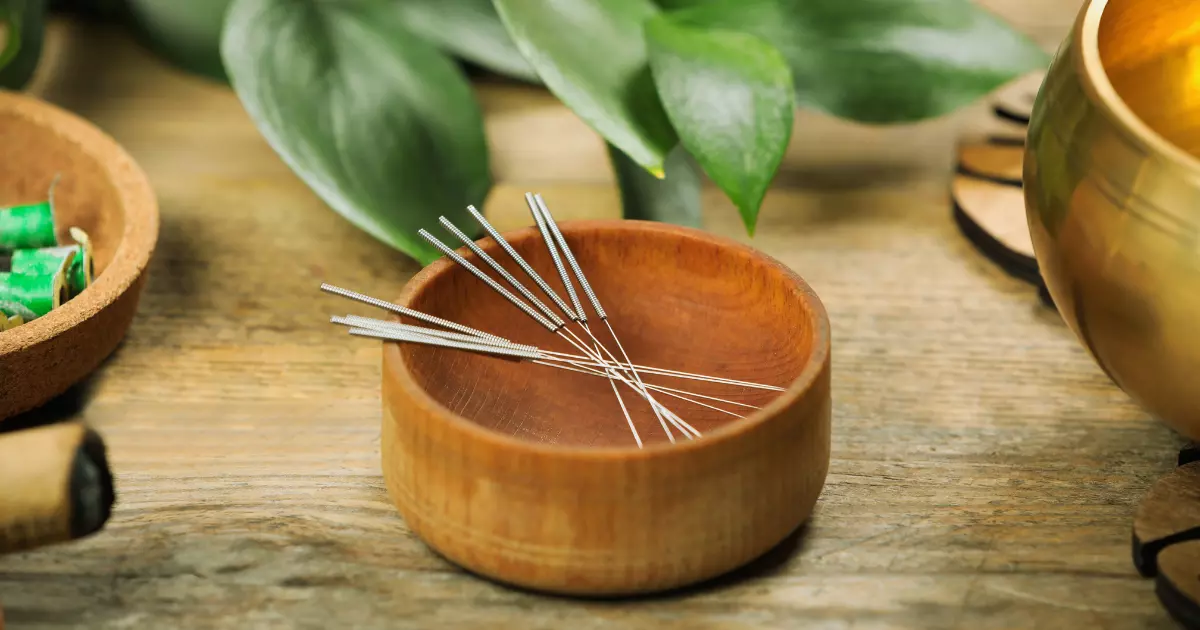
1. Acupuncture Needles: Types and Materials
Historical vs. Modern Needles: Ancient traditional Chinese Medicine used materials like bones and bamboo for their needles. Fast forward to today, and we have conventional acupuncture needles made of stainless steel. With advanced acupuncture research, the needle insertion-measurement system ensures precise depth during acupuncture manipulations.
Read also: Acupuncture Therapy: Your Path to Health and Balance
Differentiation from Hypodermic Needles: Our body’s responses to acupuncture stimulation differ from reactions to regular injections. The process of acupuncture needle insertion targets specific acupuncture points, making it a unique alternative medicine practice.
2. Moxa Sticks: Heating for Health
Moxibustion, a classical acupuncture therapy, utilizes moxa sticks to apply heat, activating the body’s biological mechanisms. Through this external application, the pharmacodynamic activity from the heat can influence the locomotor activity within our body.
3. Cupping Sets: Beyond the Circular Marks
Cupping, an evidence-based complementary therapy, isn’t just about those marks. Stimulating the connective tissue below the skin enhances acupuncture point injection effects when combined with traditional needle methods.
4. Gua Sha Tools: Scraping for Better Blood Flow
While acupuncture treatments primarily focus on inserting needles, Gua Sha focuses on the surface of the acupuncture needle—our skin. By scraping it, we initiate physiological effects, which can influence our spontaneous tonic pain sensation.
5. Electroacupuncture Devices: Modern meets Traditional
Electroacupuncture has become a pivotal alternative acupuncture technique by pairing electric pulses with acupuncture manipulations. It’s often used in clinical applications for post-stroke shoulder pain and allergic rhinitis.
6. Auricular Seeds: Acupuncture’s Tiny Titans
These seeds, often part of Chinese medicine injections, are strategically placed on the ear. Their placement is based on analytical tools in acupuncture, tapping into the molecular mechanisms of our body’s receptive field.
7. TDP Lamps: Infrared Healing
Harnessing infrared technology, these lamps, like porous acupuncture needles, influence the molecules in tissues. Using these as part of acupuncture treatments provides a unique approach to depth profiles within the body.
In the vast world of acupuncture research, foremost imaging tools like these continue to emerge as leaders. Whether exploring the potential mechanism of moxibustion or diving into the characteristic acupuncture therapies improvement with Cupping, there’s always more to learn and explore in publications like the Journal of Acupuncture and the American Journal of Chinese Medicine.
What Are The Different Acupuncture Techniques?
1. Traditional Body Acupuncture
Imagine a garden, each plant with an activity of plant origin representing a point on our body. This is the essence of traditional body acupuncture.
With gentle acupuncture needle insertion, sensations vary from the mild tingle of locomotor activity to the profound relaxation often mentioned in the Journal Of Integrative Medicine. It’s not just a technique; it’s a science-based medicine approach that tackles ailments like allergic rhinitis.
2. Ear or Auricular Acupuncture
Our ears, complex and intricate, are like maps. This is where ear acupuncture dives in. Each spot resonates with a different biological mechanism of our body. Think of it as an external application of health, each point a crucial step in our healing journey.
3. Electroacupuncture
A harmonious blend of tradition and innovation, electroacupuncture is where the past meets the future.
The effects of acupuncture are amplified when tiny currents travel through the conventional acupuncture needles. It’s an alternative acupuncture technique backed by numerous acupuncture research articles.
4. Scalp Acupuncture
Beyond hair and thoughts lies a world of healing. With scalp acupuncture, the head transforms into a canvas of acupuncture manipulations. Each needle placement and each acupuncture point injection is a step closer to holistic health, with benefits ranging from mood enhancement to combating post-stroke shoulder pain.
5. Acupressure
Sometimes, all you need is a touch. Using hands or analytical tools, Acupressure awakens our body’s healing power. It’s not just pressure; it’s a bridge to well-being, a non-invasive way to tap into the biological mechanisms that underpin our health.
6. Moxibustion
Warmth, especially from moxibustion, is more than just comfort. Burning mugwort stimulates acupuncture therapy points, aligning with Chinese medicine injections in function and purpose. This isn’t just a technique; it’s an ancient ritual, an evidence-based complementary path to wellness.
7. Cupping as a Complementary Technique
Those peculiar circular marks are evidence of complementary and alternative medicine in action. While not a direct alternative acupuncture technique, Cupping enhances its effects. Improving blood flow deep within our connective tissue complements the healing power of techniques like moxibustion and acupuncture.
From timeless traditions to cutting-edge innovations, the world of acupuncture tools and techniques is a journey of healing, discovery, and renewal. Embrace it, trust it, and let your body guide the way.
Acupuncture Frequently Asked Questions
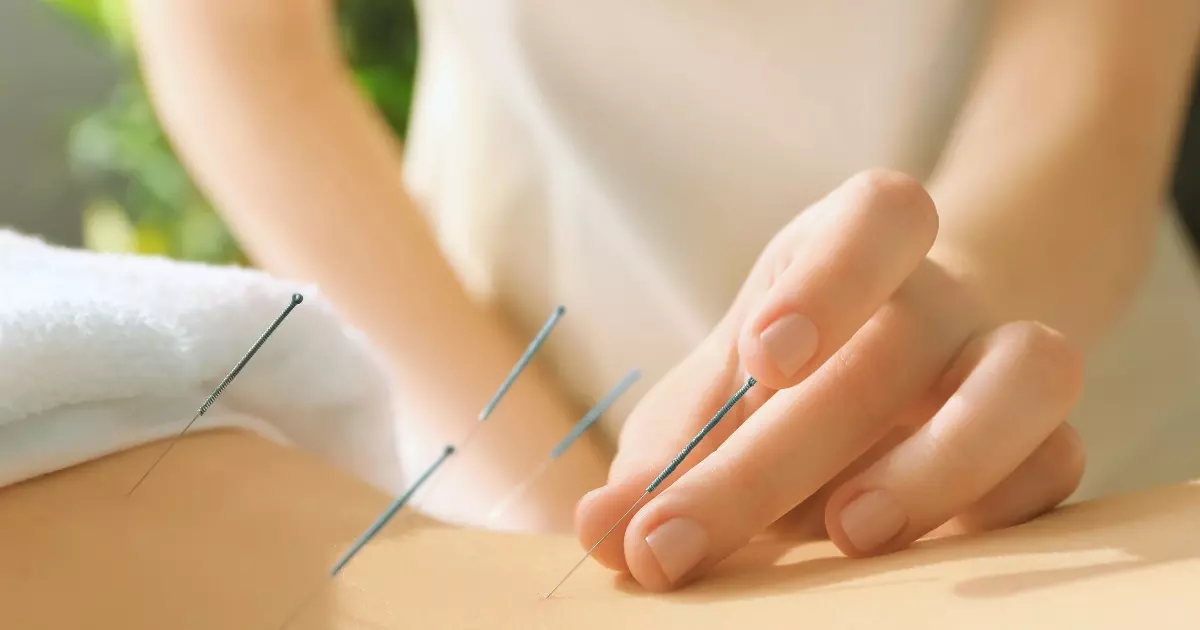
It’s easy to get swayed by gossip, especially in alternative Medicine. Today, we’ll focus on debunking some myths about acupuncture tools and techniques, leaning heavily on evidence-based complementary resources.
1. “Acupuncture? That Sounds Painful!”
Contrary to what many believe, acupuncture needle insertion isn’t synonymous with spontaneous pain sensation levels. Here’s why:
- Conventional acupuncture needles are hair-thin. They’re nothing like the typical needles we might imagine.
- During acupuncture manipulations, the sensation isn’t precisely like post-stroke shoulder pain. Think of it more like a fleeting tingle or a minor pinch. It’s the physiological effects at play here.
2. “It’s Purely Psychological.”
While the mind is powerful, the effects of acupuncture aren’t just in your head. Publications like the Journal of Acupuncture and Journal of Integrative Medicine consistently provide studies supporting the biological mechanisms underpinning acupuncture.
3. “Needles are Inserted Randomly!”
There’s a method to the madness! Acupuncturists utilize a precise approach to depth profiles for their study of acupuncture manipulation. There’s a science to it, ensuring safety and maximizing benefits:
Chinese medicine injection is a technique that targets specific areas. So, it’s more like using a GPS than wandering.
Evidence Over Myths: Trustworthy Acupuncture Research
Hearing is one thing; seeing is another. Dive into the compelling evidence supporting acupuncture:
- Evidence-based complementary and alternative Medicine aren’t just words. Various platforms provide insights into acupuncture’s effects on allergic rhinitis and more.
- Modern analytical tools have detailed how acupuncture stimulations affect connective tissue and locomotor activity. Integrative medicine research provides a deeper dive into these processes.
- On the topic of side effects, acupuncture triumphs. It is a beneficial and safer option with minimal toxic side effects, especially compared to other alternative acupuncture techniques.
The Thread Connecting Myths and Reality
The world of Chinese medicine injections, clinical applications, and classical acupuncture can be labyrinthine.
Particle size in Chinese medicine injections and the detection with depth profiles might sound like jargon, but with proper understanding, they become enlightening. Always turn to knowledge when faced with doubt, and remember: science-based Medicine is the beacon that dispels the myths surrounding acupuncture tools and techniques.
How to Choose an Acupuncture Practitioner
The Importance of Certifications and Ongoing Education
Before you decide on an acupuncturist, consider this: It’s more than just a needle insertion-measurement system. It’s about the expertise, training, and heart behind those conventional acupuncture needles.
Activity of Plant Origin & Chinese Medicine Preparation
The best practitioners know their roots, both literally and figuratively. They understand the activity of plant origin and might often prepare Chinese medicine injections based on this knowledge. It’s like blending the wisdom of the ages with modern-day analytical tools.
Acupuncture Research & Journal Contributions
Engage with practitioners who actively contribute to or stay updated with journals such as the Journal of Acupuncture or the Journal of Integrative Medicine.
This involvement showcases their commitment to integrative medicine research and the broader science-based medicine community.
Diverse Techniques
From classical to alternative acupuncture techniques, a skilled acupuncturist embraces the biological mechanisms of different styles. It’s like having a giant toolbox at your fingertips.
What to Look for in a Trustworthy Clinic
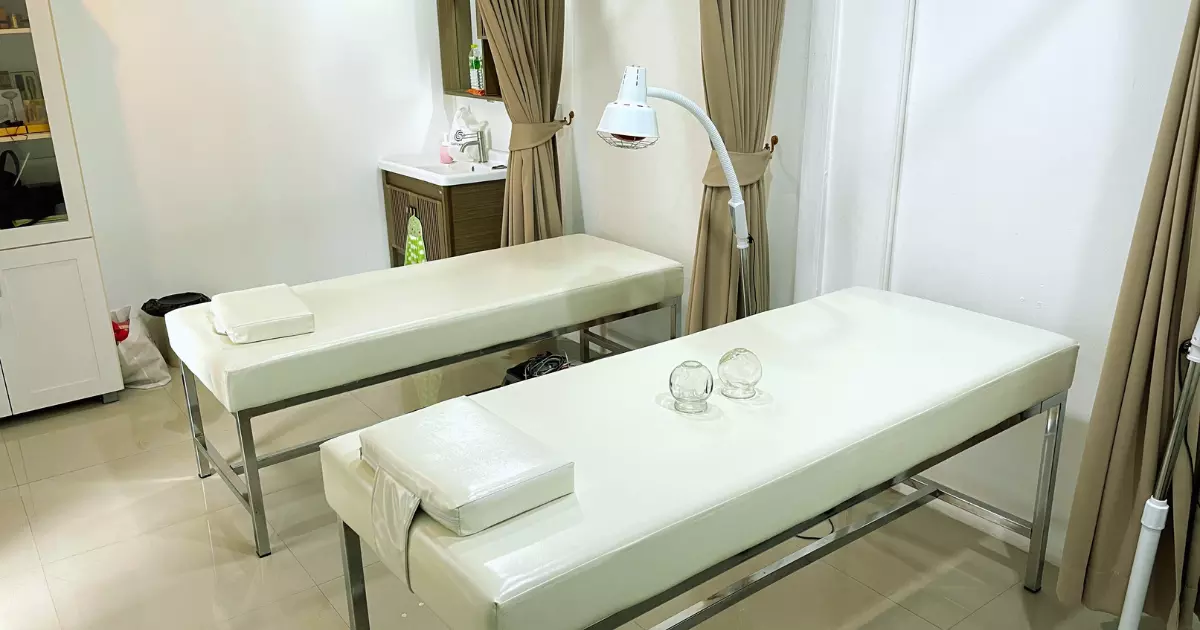
Choosing the right clinic is a combo of art and science!
Responses to Acupuncture & Clinical Applications
An exceptional clinic will have evidence of the effects of acupuncture applied. Whether it’s through demonstrating responses to acupuncture stimulation or discussing the clinical applications of their methods, it’s all about the evidence. It’s like a chef letting you taste a sample before you order!
Needles & More
The best clinics don’t just stick with conventional acupuncture needles. They might also explore the world of porous acupuncture needles or even dive into the process of acupuncture manipulation. It’s like a painter who knows every shade of blue.
Research & Development
A clinic deeply involved in integrative medicine research often works on understanding biological mechanisms and pharmacological mechanisms behind acupuncture. This commitment can help in minimizing toxic side effects and maximizing benefits.
Advanced Insights
Leading clinics are curious. They delve into phantom tissue studies, unravel the mysteries behind threadlike tissues, and employ the foremost analytical tools to better understand acupuncture’s physiological effects.
Remember, acupuncture isn’t just about needles; it’s about understanding the connective tissue of health, science, and tradition. When you choose, pick a practitioner who resonates with your quest for holistic well-being.
What is The Future of Acupuncture in Global Health?
Alright, here’s the straight scoop: the future of acupuncture in global health is like a shooting star, soaring high and bright. The effects of acupuncture are creating waves that are hard to ignore. Much like how a detective uses their analytical tool to solve mysteries, acupuncture research digs deeper into the science and reveals astonishing biological mechanisms.
Embracing New Learnings
Diving into the world of alternative acupuncture techniques is like exploring an unknown treasure island. The Journal of Acupuncture, Journal of Korean Medicine, and the Journal of Integrative Medicine are bursting with findings on the mechanisms of acupuncture treatment, the responses of acupuncture stimulation, and even the molecular mechanisms beneath the surface of acupuncture needle insertion.
Not just conventional acupuncture needles, there’s talk about porous acupuncture needles, liquid ear acupuncture, and the wonders of acupuncture point injection. It’s like discovering not just one kind of chocolate but a whole world of flavors!
Uncover Acupuncture’s Wonders with Inner Ocean Center for Healing
Unveil the world of alternative medicine and feel firsthand the effects of acupuncture. With the alternative acupuncture technique, explore the world of complementary and alternative medicine minus the worries of toxic side effects.
Be the change, see the characteristic acupuncture therapies improvement in real-time tackling post-stroke shoulder pain and treatment of obesity. Yep, you read that right!
The process of acupuncture manipulation isn’t just a procedure; it’s an experience. Understand the acupuncture manipulations, the pharmacological mechanisms, and the purpose behind each needle insertion-measurement system. And guess what? The best place to start this life-changing journey is with us at Inner Ocean Center for Healing. Dive into the world of acupuncture tools and techniques!
Schedule an appointment with Ocean Center for Healing and find out about Chinese medicine injections. Discover the magic behind clinical applications, and let acupuncture tools and techniques guide you to a healthier you.
